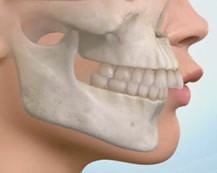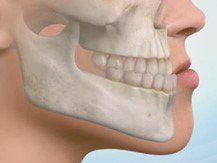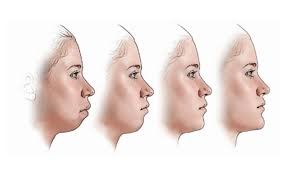Jaw misalignment is quite common, can cause pain and alter your facial appearance. It often also leads to damage of teeth and difficulty in chewing. Corrective jaw surgery, known as orthognathic surgery, can solve these problems.
Depts of Orthodontics and Surgery will work together to straighten your teeth through orthodontic procedures and reposition your jaws with jaw surgery. These procedures can improve facial appearance, when needed, and they make sure that upper and lower teeth meet correctly and function properly.
Planning for the surgery usually involves input from a multidisciplinary team including oral and maxillofacial surgeons, orthodontists, prosthodontists and occasionally a speech and language therapist.





